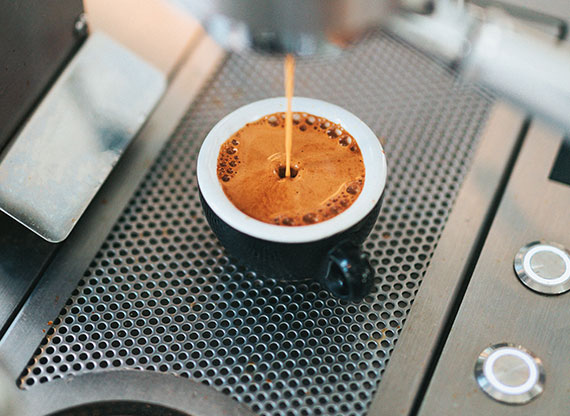448 West Foxrun St. Bronx
(734) 665-1852 or (770) 942-7739
Basilico Coffee & Tea.
- Monday – Friday: 8.00am – 21.00pm
- Saturday – Sunday : 9.00am – 22.00pm
- Holiday: Closed

Before the cup of coffee reaches our lips to take a sip, we have gathered a great deal of information about its taste. We smell the aroma – a good indication of the flavors inside, and we can feel the warmth of the cup through the touch of our hands – a good indicator of its temperature. We also see coffee! When we hold a cup of coffee in our hands, we consciously (or subconsciously) evaluate the visual aspects of coffee: its color.
We all know that the color of coffee is very important to consumers. In many studies and standards by the Specialty Coffee Association (SCA), roast level — a measure of quality, often expressed by color (light, medium, or dark) — is the determining factor. strongest influence on consumer decisions.
These browning compounds have an effect on flavor and aroma in foods, and are the main reason why the famous “Maillard reaction” produces both the brown color and delicious flavor in foods noticed a finding: the same coffee, brewed with the same amount of dissolved solids (TDS) but using different.
Quantitatively, the color of coffee beans after roasting can be measured using the Agtron Gourmet or Commercial Scale. But usually, these quantitative measurements are quite expensive and not really common.
So it will be supplemented or replaced with more relative roast color determinations, such as “light”, “medium” or “dark”. On the consumer side, color is often the first measure of consumer-created quality, making it a basic indicator of sensory quality. In addition, product-specific color changes.









“ Sed vitae velit erat. Pellentesque lobortis felis vel mi congue, in sollicitudin orci tincidunt. Praesent turpis justo, posuere eget justo sit amet, efficitur suscipit elit. “